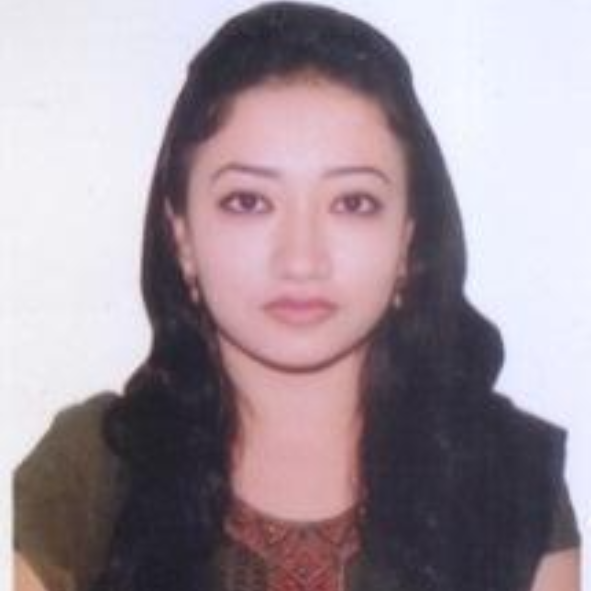
Shaela Sharmin
Work place: Department of EEE, Ahsanullah University of Science and Technology, Dhaka-1208, Bangladesh
E-mail: shaela.ritu@gmail.com
Website:
Research Interests: Wireless Networks, Wireless Communication, Signal Processing, Communications, Information Security, Network Security
Biography
Shaela Sharmin received her B.Sc. degree in Electrical and Electronic Engineering (EEE) from the Ahsanullah University of Science and Technology (AUST), Dhaka, Bangladesh in 2015, where she is currently a Faculty Member with the Department of Electrical and Electronic Engineering. She has been pursuing her M.Sc. degree in EEE from the same University. Her research interests include Wireless Communications, Digital Signal Processing, Cyber Security, and Smart Grid.
Author Articles
Medical Image Denoising Techniques against Hazardous Noises: An IQA Metrics Based Comparative Analysis
By Shakil Mahmud Boby Shaela Sharmin
DOI: https://doi.org/10.5815/ijigsp.2021.02.03, Pub. Date: 8 Apr. 2021
Medical imaging has become a vital part of the early detection, diagnosis, and treatment of many diseases. That’s why image denoising is considered as a crucial pre-processing step in medical imaging to restore the original image from its noisy circumstance without losing image features, such as edges, corners, and other sharp structures. Ultrasound (US), Computed Tomography (CT), and Magnetic Resonance (MR) are the most widely used medical imaging techniques that are often corrupted by hazardous noises, namely, speckle, salt and pepper, Poisson, and Gaussian. To remove noises from medical images, researchers have proposed several denoising methods. Each method has its assumptions, merits, and demerits. In this paper, a detailed comparative analysis of different denoising filtering techniques, for example, median, Wiener, mean, hybrid median, Gaussian, bilateral, non-local means, and anisotropic diffusion are performed based on four widely-used image quality assessment (IQA) metrics, such as Root Mean Squared Error (RMSE), Peak Signal to Noise Ratio (PSNR), Mean Absolute Error (MAE), and Structural Similarity Index (SSIM). The results obtained in this present work reveal that Gaussian, median, anisotropic diffusion, and non-local means filtering methods perform extraordinarily to denoise speckle, salt and pepper, Poisson, and Gaussian noises, respectively, from all US, CT, and MR images.
[...] Read more.Characterization of WLAN System for 60 GHz Residential Indoor Environment Based on Statistical Channel Modeling
By Shaela Sharmin Shakil Mahmud Boby
DOI: https://doi.org/10.5815/ijwmt.2020.02.05, Pub. Date: 8 Apr. 2020
This article investigates on developing a methodology for statistical channel modeling for 60 GHz Wireless Local Area Network (WLAN) system. The most significant characteristics of indoor 60 GHz propagation channels such as large scale propagation path loss, quasi-optical propagation nature, reflection, diffraction, shadowing effect, clustering nature of the channel, effective impact of polarization and necessity of steerable directional antennas are taken into account. This research work has focused on modeling of the 60 GHz WLAN system to estimate the RMS delay spread (RDS) considering both directional and non-directional antennas for residential indoor environment. RDS is a measure of communication channel delay and estimates fading characteristics. Multipath effects and channel deep-fade can be alleviated by minimizing the channel RDS. This research work analyses the RDS characteristics of a living room environment considering two different indoor channel model approaches. Here, the IEEE 802.11ad living room channel model and the Saleh-Valenzuela (S-V) model are considered while developing channel impulse response as well as RDS. The investigations show that highly directional steerable antennas can effectively reduce the channel delay spread. A comparative study between the IEEE 802.11ad and the S-V models has also been performed in the later section.
[...] Read more.Other Articles
Subscribe to receive issue release notifications and newsletters from MECS Press journals